The demise of our underwater camera came one and a half snorkel trips too soon, by my estimation, but we may have lucked out.
By “us” I mean you, too, because you may get to see some of the cool pictures our guide Carlos took of our dive at Los Tuneles yesterday.
Then again, you may not, because he copied his pictures to our memory card, but we can’t figure out how to access them. With luck, we’ll be able to get to the shots of a school of golden rays and the closeup of the seahorse once we’ll get home. If not you’ll just have to take our word that we saw those things.
Until then, we do have some pictures from the terrestrial part of our trip, which brought us up the coast from Puerto Villarmil to a place where lava and the sea once met in interesting ways. The result is a maze of calm, clear water running around and through fingers of black lava rock, archways and caves.
In the first five minutes after landing, we saw three sea turtles swim by. Then we walked a bit to find a few Blue-Footed Booby nesting sites. Some had eggs; some had chicks; some had one of each. We learned that nesting couples incubate two eggs, but usually only manage to gather enough food for one of the fledglings to survive. Interesting birds, these boobies.
The tour allowed us to encounter several new animals that we hadn’t seen yet. The seahorse and rays are new to our list. We also saw Nasca Boobies, which are different from the blue-footed variety — for one, the larger chick pushes the smaller one out of the nest to spare its parents the problem of deciding which to feed; for another, it is the only booby endemic to the Galapagos. We also caught a shady glimpse of a manta ray while we were in transit. Carlos said they can grow up to seven meters wide. This one looked to be about two meters.
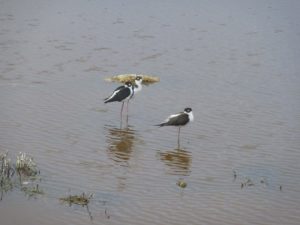
I think we actually saw flamingos two days ago. Yesterday we discovered these birds which satisfyingly stood on one leg apiece.
The last new animal we saw today was the Galapogos flamingo, which we spied from the boardwalk cutting through an inland lagoon. The boardwalk brought us to another tortoise breeding center (the tortoises here do well in the wild once they’re grown up a bit, but they have trouble getting born in the wild for various reasons, including wild pigs eating eggs and invasive guava trees making it hard for parents to dig nests). At the breeding center were many smaller versions of the tortoises we saw on on bike ride through the Humedales the day before.
They’re cute — and decidedly more active, apparently — when they’re this age.
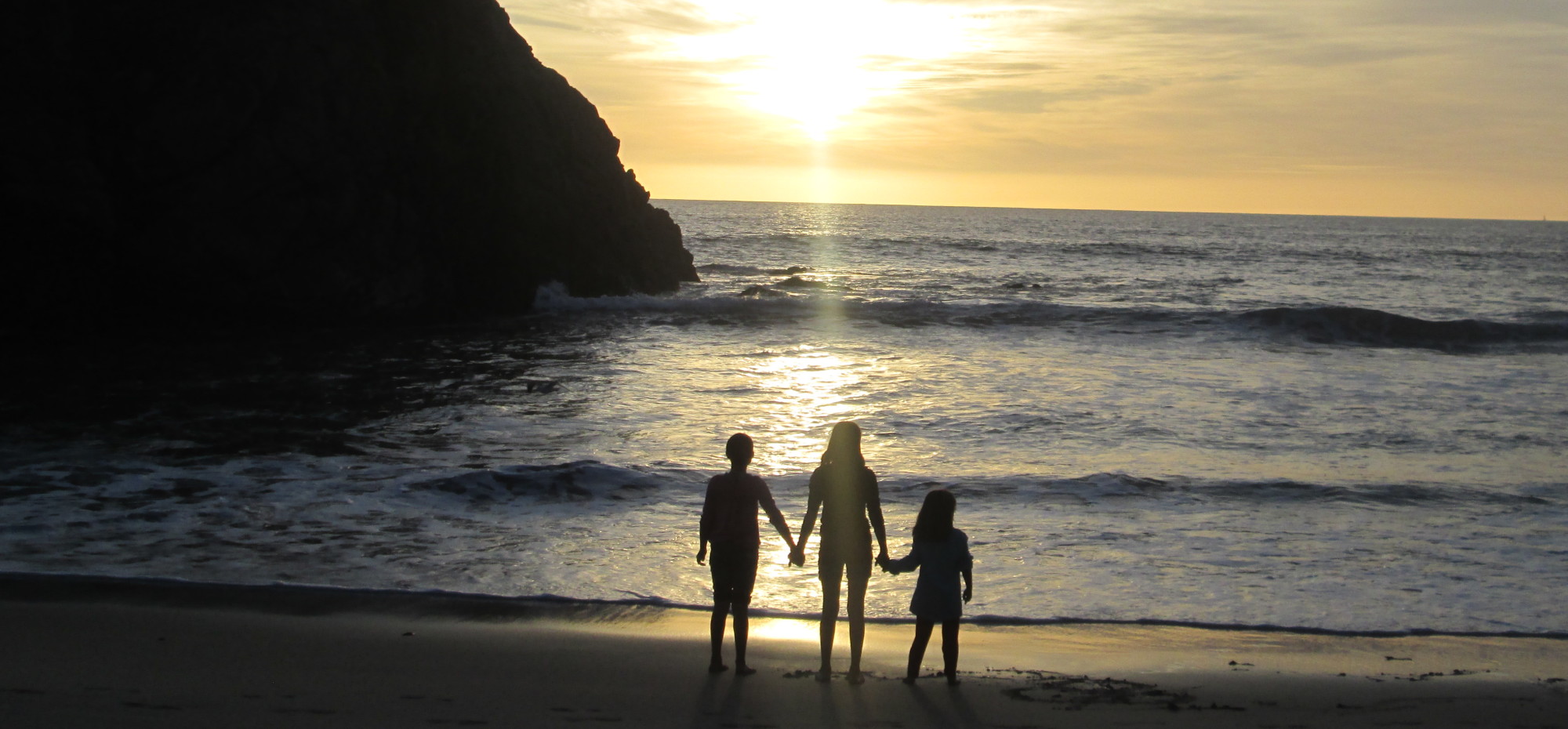
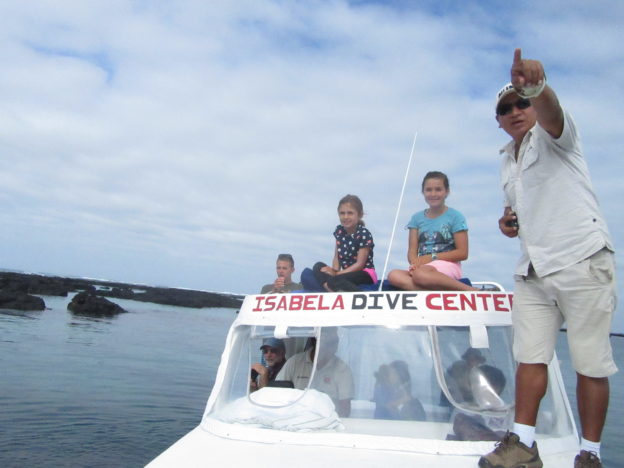
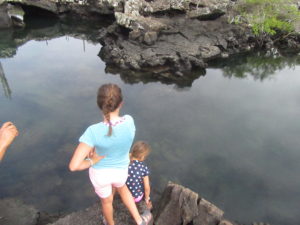
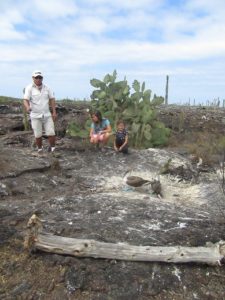
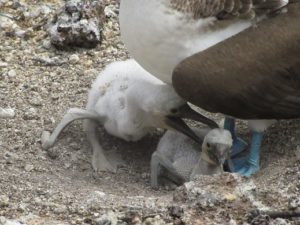
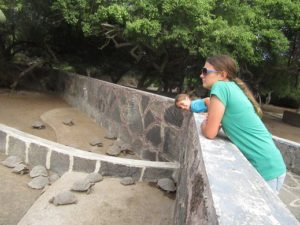
This is the first post I’ve seen. What a trip! Galapagos??!? I’ve been wondering where in the world the Pavliks are!